Retro Replay Review
Gameplay
A Labyrinth Game revolves around navigating a pawn from the left side of a shifting maze to an exit on the right. Each play session consists of ten consecutive rounds, and every new game generates a fresh labyrinth layout. Players steer their pawn with the joystick and can hold down the action button to dash through corridors, adding a layer of risk and reward as you decide when speed outweighs caution.
(HEY YOU!! We hope you enjoy! We try not to run ads. So basically, this is a very expensive hobby running this site. Please consider joining us for updates, forums, and more. Network w/ us to make some cash or friends while retro gaming, and you can win some free retro games for posting. Okay, carry on 👍)
What really keeps A Labyrinth Game interesting is its sixteen distinct variations. You can challenge yourself at regular or double speed, face off against a friend in alternating turns, compete simultaneously, or even engage in a “Cat and Mouse” mode where the computer controls a rival pawn set on capturing you. This range of configurations ensures that no two matches feel quite the same and pushes you to refine your reflexes and strategic pathfinding.
Supermind offers a completely different puzzle experience, focusing on code-breaking rather than maze running. You begin with four mystery symbols and must deduce their identity and order. After each guess, the game provides clear feedback: correctly chosen symbols in the wrong position are indicated in red, while perfectly placed symbols turn white. Over successive attempts, you narrow down possibilities until the secret combination is fully revealed.
Both titles share a satisfying learning curve. In A Labyrinth Game, memorizing movement patterns and exit behavior becomes second nature after a few sessions. Supermind’s logic puzzle encourages you to spot patterns and think several steps ahead. Between the heart-pounding rush of the maze and the cerebral challenge of the code-breaker, this dual cart keeps puzzle fans thoroughly engaged.
Graphics
Visually, A Labyrinth Game offers clean, wireframe-style mazes that emphasize function over flashy details. The corridors are outlined with crisp lines, and the pawn is represented by a simple geometric icon. While minimalist, this presentation ensures maximum clarity even at higher speeds, so you always know exactly where walls and exits lie.
Maze elements and exits are distinguished by contrasting colors, helping players quickly scan for openings and obstacles. As the patterns shift, you’ll notice subtle animations on moving walls that add visual flair and a hint of urgency. The overall aesthetic retains a timeless arcade feel without overwhelming the senses.
Supermind’s interface follows suit with a straightforward, text-and-symbol display. Question marks stand in for unknown code positions, then transform into your chosen symbols once entered. Feedback numbers appear in bright red or white alongside your guess, making it easy to track progress at a glance. There’s no extraneous artwork—every pixel on screen serves the puzzle.
Together, these titles embrace a retro charm that welcomes players into focused, no-frills gameplay. The graphics won’t compete with modern blockbusters, but their purpose-driven simplicity enhances readability and keeps your attention on the challenge itself.
Story
Neither A Labyrinth Game nor Supermind leans heavily on narrative. Instead, they immerse you in pure puzzle-solving experiences, letting the mechanics convey their own sense of progression. In the labyrinth, your “story” is the journey of a lone pawn threading through shifting corridors toward freedom, evoking a classic hero’s pursuit of escape.
That minimal framing gives your mind room to project stakes onto every dash through a narrow hallway. Each successful run feels like a personal triumph, even without a cast of characters or cutscenes. The maze becomes your world, and mastering its quirks becomes its own compelling tale.
Supermind similarly forgoes a traditional plot. The act of cracking codes implies the role of detective or secret agent, and the feedback system supplies a dynamic exchange between player and machine. Every near miss or perfectly placed symbol fuels an internal narrative of deduction, as you build suspense with each guess.
By focusing on mechanics over backstory, both games create a satisfying loop of challenge and reward. The lack of a written storyline never feels like a deficiency—instead, it highlights the designers’ confidence in letting gameplay alone deliver meaningful engagement.
Overall Experience
Playing this dual cartridge is like getting two bite-sized puzzle adventures in one package. A Labyrinth Game appeals to those who enjoy quick reflex tests and pattern memorization, while Supermind caters to logical thinkers who relish systematic deduction. The combination ensures that you never tire of a single puzzle style.
Replay value is high. With sixteen maze variations and the unpredictability of moving walls, you can dive into A Labyrinth Game repeatedly without feeling that it has grown stale. Supermind’s open‐ended code generation means that no two challenges are identical, making each playthrough feel fresh and mentally stimulating.
Both titles run smoothly and deliver immediate pick-up-and-play fun. They’re ideal for short gaming sessions when you want a quick mental workout, yet they also reward marathon attempts for those determined to conquer every maze layout or crack every code in the fewest moves possible.
Whether you’re a retro enthusiast or a newcomer seeking straightforward yet engaging puzzles, this cart delivers. It may lack bells and whistles, but its focused design and twin-game offering make it a standout choice for anyone who appreciates timeless brain teasers.
 Retro Replay Retro Replay gaming reviews, news, emulation, geek stuff and more!
Retro Replay Retro Replay gaming reviews, news, emulation, geek stuff and more!
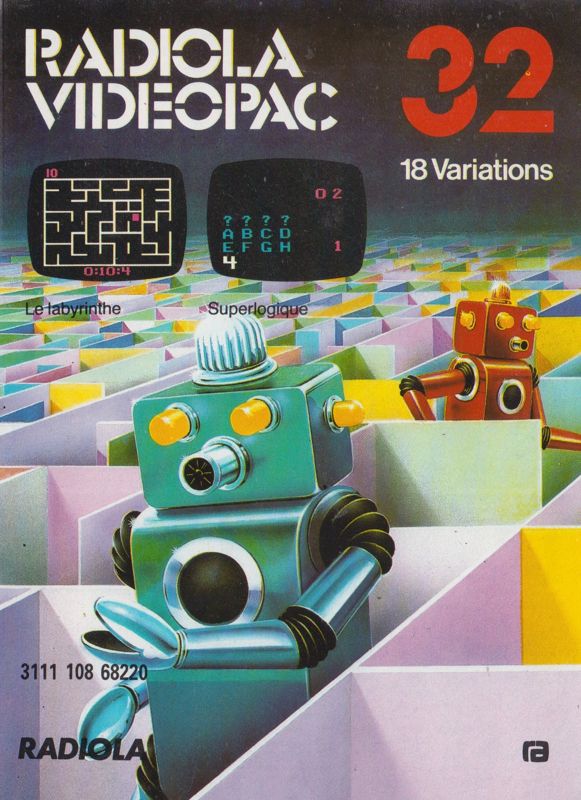
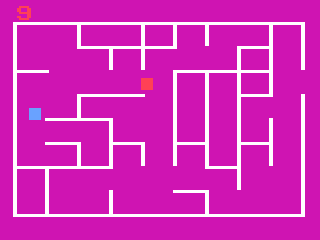
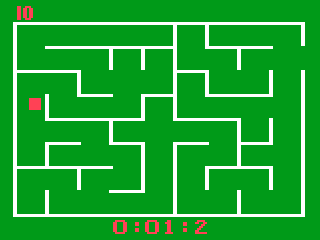
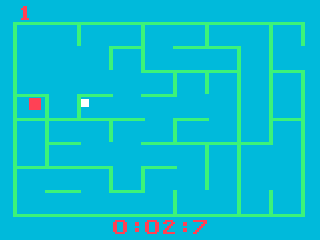
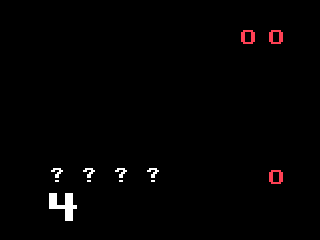
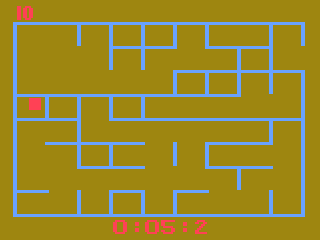

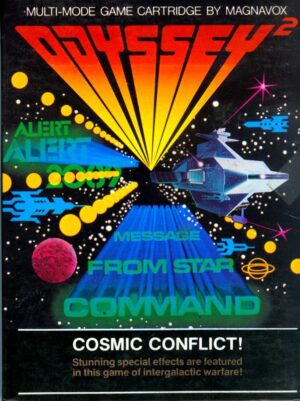
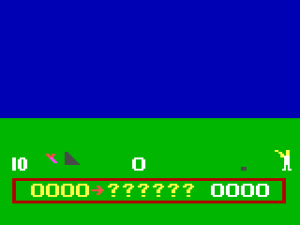
Reviews
There are no reviews yet.